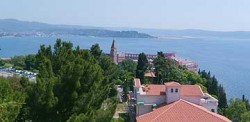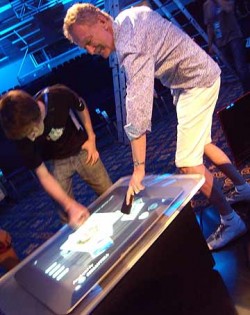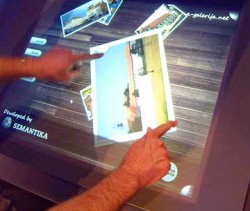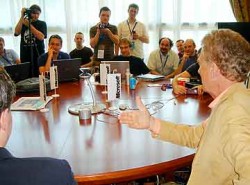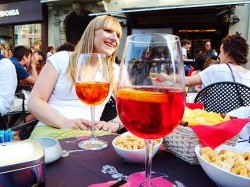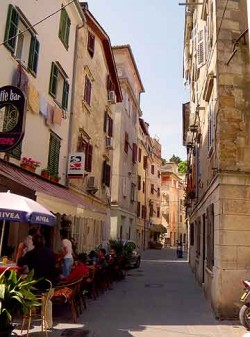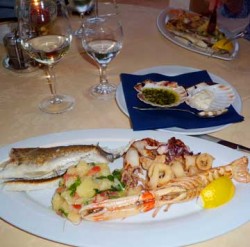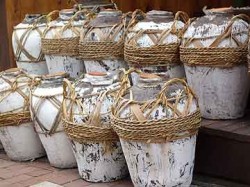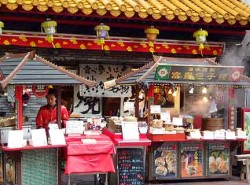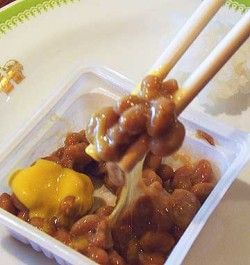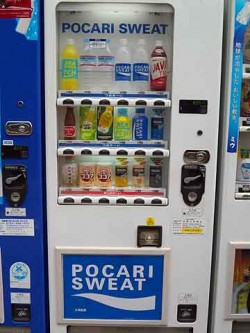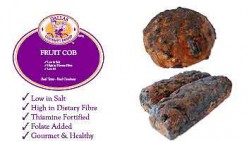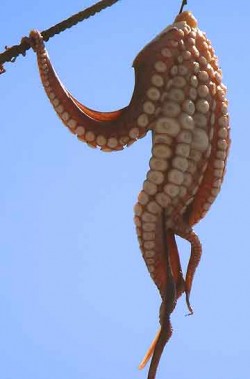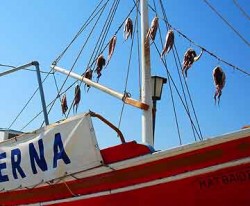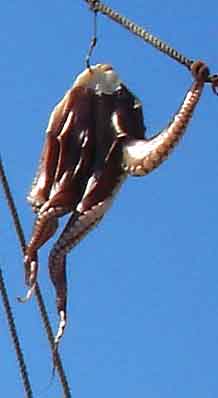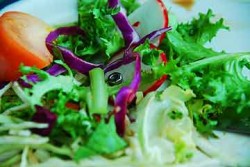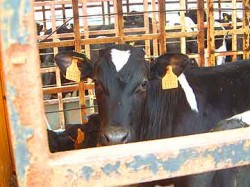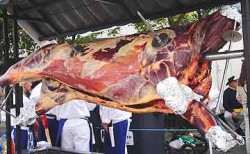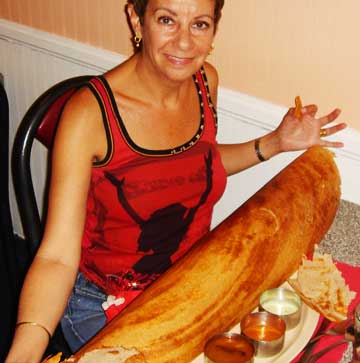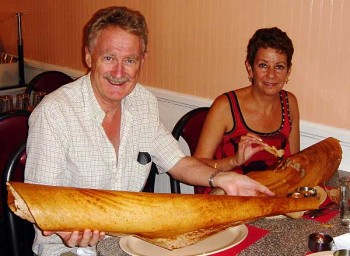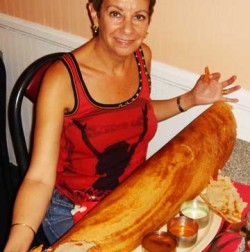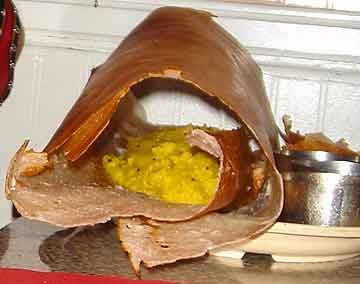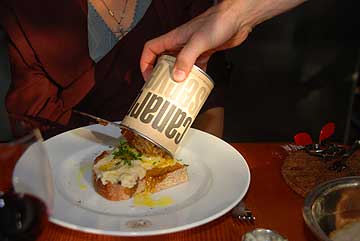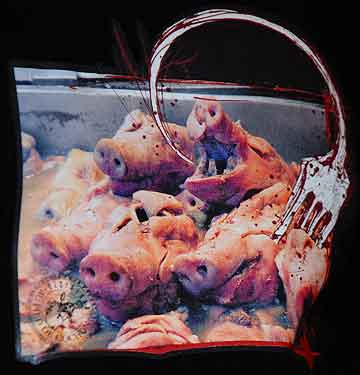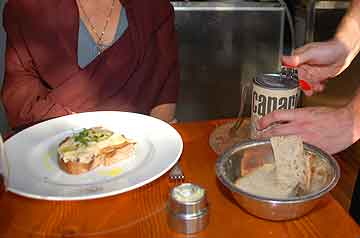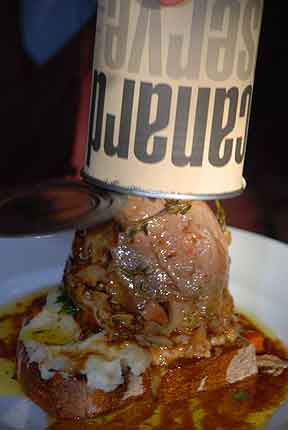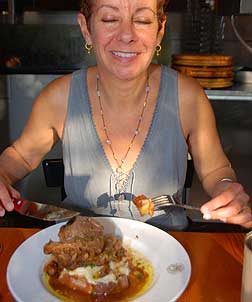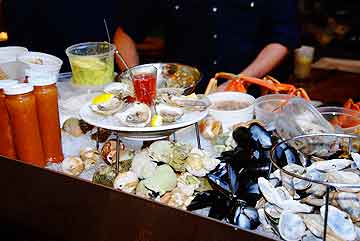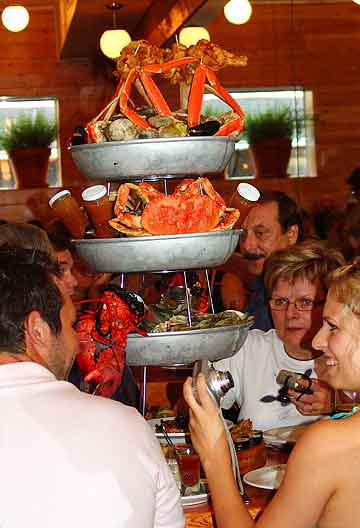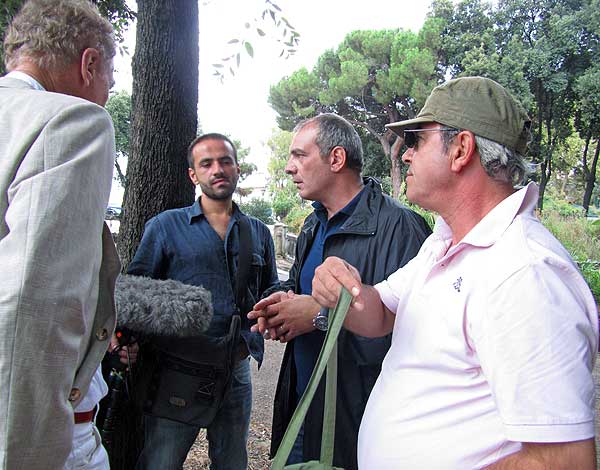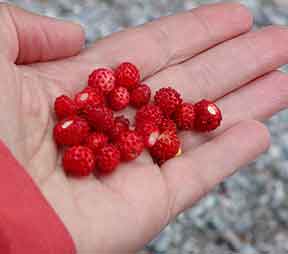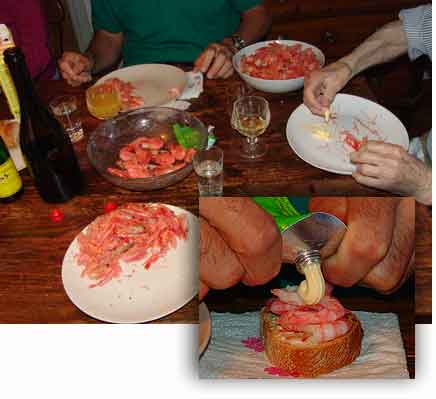After twenty years of baking this decadent dessert, which I’ve called by a name I’m quite fond of, I must finally, if fleetingly, commit to its spelling. I’ll take its lovely, ambiguous, oral name, so full of interpretation, possibility, and nuance, and relegate it to a finite, deficient, inadequate written one which prevents the mind from wandering.
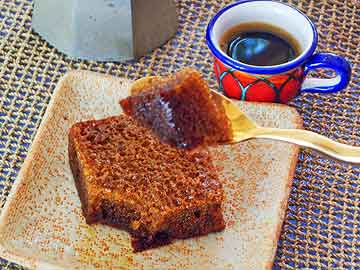
Twenty years ago (wow!) Bob and I took a one-year contract in South Africa. We were given an apartment with two servants, a cat, and pesky baboons (another story), and a rudimentary kitchen. At some point I started baking a dessert recipe that I found in the local alternative newspaper, The Weekly Mail. Part of a flour ad, the recipe had a dull, generic name, something like Snowflake Flour Pudding, or Baked Apricot Pudding. I’ve called it Weekly Mail Pudding ever since but, not having written of it, I’ve never had to spell it. I’m sad that I must now, in order to tell the story of the pudding. Bob and I refer to it so casually that, when I serve it to friends, I forget how odd the name sounds.
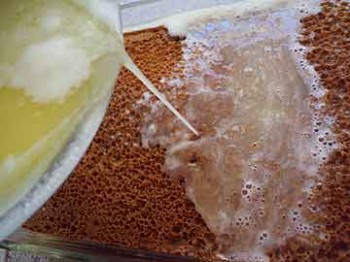
Malva Pudding
That was the first third of the story. The third third is the recipe itself, at the end. The second third is this. A few months ago in Cape Town, I suddenly came to realize that this dessert is properly called Malva Pudding, and is a South African classic of Dutch origin. (I should also mention that pudding is a generic British term for dessert. This one is a moist cake; not at all a custardy pudding.)
Bob and I stopped at a Cape Town cafe for coffee. I sat down and opened the laptop while Bob looked at the treats on offer. He returned to the table with a gorgeous little cake, not much bigger than a muffin. Its deep brown, shiny surface had large pores and a little buttery froth, like an over-tanned face with a smudge of Coppertone. The cake was not decorated or garnished. It looked moist, and smelled like toasty caramel. Makes my mouth water just thinking of it, even now.
“What’s that?” I asked Bob.
“I don’t know, it just looked good,” he said.
“Looks like Weekly Mail Pudding,” I said.
One bite confirmed it. Examining the cafe’s display case, I saw that the cake was labeled Malva Pudding.
Subsequent research indicates that apricot jam is one of the dessert’s defining characteristics. I never sense much flavor from the jam. Therefore, I’ve always used whatever jam I have on hand: ginger, orange, raspberry…. I used pomegranate jam in the one pictured here.
I give you my scrumptious version of this recipe on the conditions that, if you call it anything at all, you call it by its lovely, ambiguous name; that you refrain from writing its name; and that you forget any spelling of the name that you’ve seen here.
The recipe:
Weekly Mail Pudding
- 1 Egg
- 1/2 cup sugar (125 ml)
- 2 T jam (25 ml)
- 1 cup milk (250 ml)
- 1 t baking soda (5ml)
- 1/4 t salt (2 ml)
- 1 cup CAKE flour* (250 ml) (or “self-rising” flour)
Directions
- 1. Preheat oven to 350 F. (180 C)
- 2. Butter a glass baking dish, at least 12″ x 7.5″x 2″. (18 x 30 x 5 cm) Preferably a little larger.
- 3. Beat egg and sugar and salt together well.
- 4. Add the jam and mix well.
- 5. Mix the milk and baking soda together.
- 6. Add flour and the milk mixture alternately to the egg mixture, beating well.
- 7. Pour into the greased glass ovenproof dish.
- 8. Cover the dish with a lid of foil.
- 9. Bake for 40 minutes.
- 10. Meanwhile, make the sauce.
Sauce
- 1 cup milk (250 ml)
- 1/2 cup water (125 ml)
- 1 cup sugar (250 ml)
- 4 oz. butter (125 g)
- 1 t vanilla (optional) (5 ml)
Directions
- 1. Place all ingredients together in a saucepan. (Use a large enough pan; say 2 quarts or 2 liters. Don’t walk away; it will boil over!)
- 2. Stir until the sauce boils, to dissolve the sugar.
- 3. Boil mixture for 5 minutes.
- 4. Take the pudding out of the oven, uncover it, and stab it here and there with a knife.
- 5. Slowly pour the boiled sauce over it.
- 6. Return it to the oven, uncovered, for 15-20 minutes or until the pudding is brown.
You might serve the pudding with whipped cream, ice cream, or custard, but I think that’s overkill.
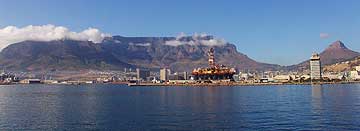
Kitchen notes:
- •No cake flour? From 1 cup all purpose flour, subtract 2 T of it. Add 2 T corn starch.
- •Yes! you can use soy milk instead of dairy!
- •Placing a sheet of foil on the oven floor may save a nasty clean-up.


